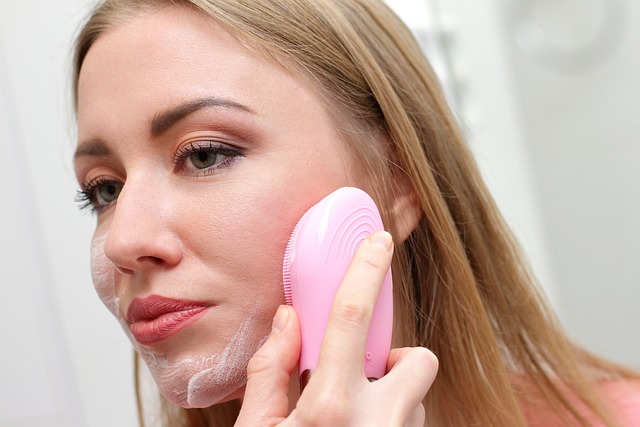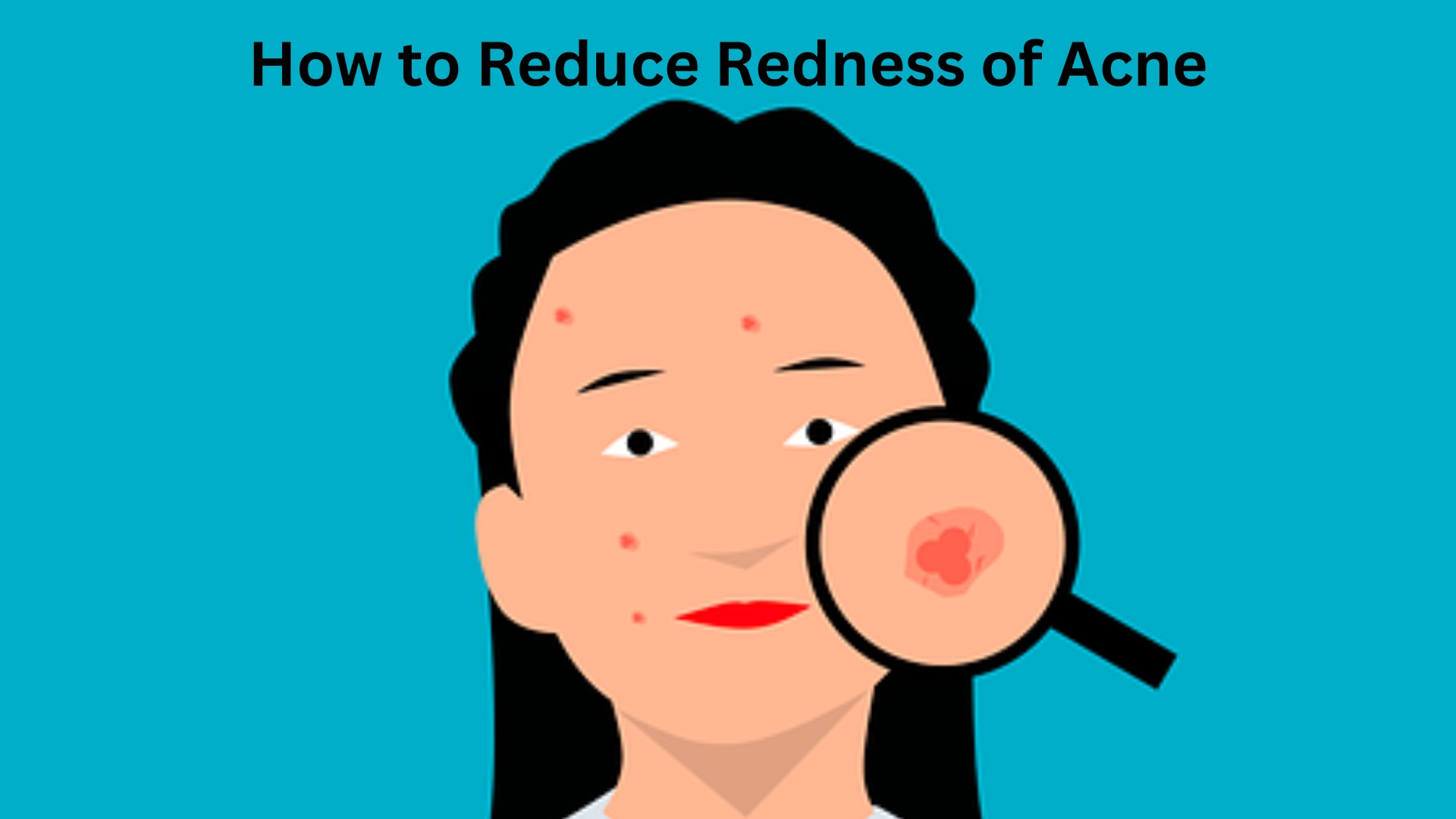How to Reduce Redness of Acne:18 Best Treatments
Acne is a common skin condition that affects people of all ages, causing redness, inflammation, and sometimes even pain. The redness associated with acne can be particularly frustrating and can negatively impact an individual’s self-confidence. Fortunately, there are several effective strategies to reduce the redness of acne and promote clearer, healthier skin. In this article, we will explore various methods, lifestyle changes, and skincare routines that can help diminish redness and improve the overall appearance of acne-prone skin.
Gentle Cleansing
The foundation of any effective acne skincare routine is gentle cleansing. Avoid harsh scrubs or abrasive cleansers that may further irritate the skin. Opt for a mild, non-comedogenic cleanser that is specifically designed for acne-prone skin. Gently cleanse your face twice daily, once in the morning and once before bedtime, to remove dirt, excess oil, and impurities that can contribute to redness.

Topical Treatments
A variety of over-the-counter and prescription topical treatments are available to target acne and reduce redness. Look for products containing active ingredients such as benzoyl peroxide, salicylic acid, or alpha hydroxy acids (AHAs). These ingredients help to unclog pores, reduce inflammation, and promote the turnover of dead skin cells. However, it is essential to introduce these treatments gradually to avoid excessive irritation.
Ice Packs
Using ice packs can provide immediate relief to inflamed, red acne. Applying a wrapped ice pack or an ice cube directly to the affected area for a few minutes can help reduce swelling and soothe irritation. Remember to use a clean cloth or paper towel to wrap the ice to protect your skin from direct contact.

Green Tea Extract
Green tea has anti-inflammatory properties and is rich in antioxidants, making it an excellent natural remedy for reducing redness. Brew a cup of green tea and allow it to cool. Dab a cotton ball in the tea and apply it to the affected areas. Leave it on for 10-15 minutes before rinsing off with cool water.

Aloe Vera Gel
Aloe vera has soothing properties that can calm red and irritated skin. Apply pure aloe vera gel directly to the affected areas and leave it on for 20-30 minutes before rinsing off. You can also look for skincare products containing aloe vera as an ingredient.

Sunscreen Protection
Sun exposure can worsen redness and inflammation in acne-prone skin. Always use a broad-spectrum sunscreen with an SPF of at least 30 before stepping outside. This will shield your skin from harmful UV rays and prevent further irritation.

Avoid Picking or Squeezing
Resist the urge to pick, squeeze, or pop acne lesions, as this can lead to increased redness, scarring, and even infection. Picking at acne can also spread bacteria to other areas of the face, causing additional breakouts.
Hydration and Diet
Drinking plenty of water is essential for maintaining healthy skin. Hydration helps flush out toxins and keeps the skin supple. Additionally, focus on a well-balanced diet rich in fruits, vegetables, whole grains, and lean proteins. Avoid consuming excessive amounts of sugary or greasy foods, as they can exacerbate acne and redness.
Stress Management
Stress is known to trigger acne flare-ups and worsen redness. Engage in stress-relief activities such as yoga, meditation, or spending time in nature to help keep stress levels in check.

Professional Dermatological Consultation
If over-the-counter remedies do not yield significant improvements, consider seeking advice from a dermatologist. They can assess your skin condition and recommend personalized treatments, such as prescription medications or professional procedures like chemical peels or laser therapy.
Use Non-Comedogenic Makeup
If you wear makeup, it’s essential to choose products labeled as non-comedogenic. Non-comedogenic makeup won’t clog your pores, which can help prevent further acne breakouts and redness. Look for oil-free and water-based formulas that are gentle on the skin. Additionally, always remove makeup before going to bed to allow your skin to breathe and regenerate overnight.
Moisturize Regularly
Contrary to popular belief, even acne-prone skin requires moisturization. Choose a lightweight, non-comedogenic moisturizer that won’t add extra oil to your skin. Proper hydration helps maintain the skin’s natural barrier, preventing excessive dryness and irritation. Apply the moisturizer after cleansing and before any topical acne treatments to ensure your skin stays balanced.

Test New Products
When introducing new skincare products into your routine, it’s crucial to perform a patch test. Apply a small amount of the product on a small area of your skin and observe for any adverse reactions over 24-48 hours. This precaution can help you avoid potential irritations or allergies that could worsen redness or acne.
Limit Exposure to Irritants
Certain environmental factors can exacerbate redness in acne-prone skin. Be mindful of exposure to harsh chemicals, smoke, and pollutants that may irritate your skin. Consider using a scarf or clothing to protect your face from extreme weather conditions, like cold winds or intense sunlight.
Regularly Change Pillowcases and Towels
Bacteria and oils can accumulate on pillowcases and towels, leading to increased redness and breakouts. Aim to change your pillowcases at least once a week and use a fresh, clean towel for your face daily. This practice will help reduce the transfer of impurities to your skin.
Be Patient and Consistent
Addressing acne and its associated redness takes time and patience. It’s essential to stay consistent with your skincare routine and give products ample time to work before expecting significant results. Results may not be immediate, but with dedication, you will likely notice improvements over time.
Avoid Hot Water
Hot water can be harsh on sensitive and acne-prone skin, leading to increased redness and dryness. Use lukewarm water when cleansing your face or showering to prevent excessive irritation. Additionally, avoid using rough washcloths or scrub brushes that can aggravate your skin.
Consider Natural Remedies
While there is limited scientific evidence supporting the effectiveness of certain natural remedies for acne, some individuals find relief using ingredients like tea tree oil, honey, or witch hazel. If you decide to try natural remedies, do so cautiously, and discontinue use if you experience any adverse reactions.

Maintain a Skincare Journal
Keeping a skincare journal can help you track your progress, identify potential triggers, and determine which products work best for your skin. Note any changes in your routine, dietary habits, and stress levels, as these factors can influence the appearance of acne and redness.
Celebrate Progress
Reducing the redness of acne can be a journey with ups and downs. Celebrate even small improvements and commend yourself for taking steps towards healthier skin. Maintaining a positive attitude and self-care routine will contribute to a healthier overall well-being.
FAQs (Frequently Asked Questions)
1. Can I pop my acne to reduce redness?
No, it is not recommended to pop or squeeze acne lesions to reduce redness. Picking at acne can lead to further inflammation, infection, and scarring. Instead, follow a gentle skincare routine and consider using topical treatments specifically designed to address acne and redness.
2. Will diet affect the redness of my acne?
While diet can influence acne to some extent, there is no one-size-fits-all answer. Some individuals may find that certain foods exacerbate their acne and redness, such as sugary or greasy items. It is advisable to maintain a balanced diet and pay attention to how your skin reacts to different foods. If you suspect a specific food triggers your acne, consider reducing its consumption and consulting with a dermatologist if necessary.
3. How long does it take to see results in reducing acne redness?
The time it takes to see improvements in acne redness varies depending on the individual’s skin type, severity of acne, and chosen treatment methods. In general, it may take several weeks to notice visible changes. Consistency in your skincare routine and patience are essential. If you don’t observe significant improvements after a reasonable period, consider seeking guidance from a dermatologist for personalized advice and solutions.
Conclusion
Reducing the redness of acne requires a multifaceted approach that involves gentle skincare practices, lifestyle adjustments, and self-care. By adopting a consistent and personalized routine, avoiding irritants, and seeking professional advice when needed, you can successfully manage acne-related redness and promote a clearer complexion. Remember that everyone’s skin is unique, so it’s essential to find what works best for you and be patient in your journey to achieve the skin you desire. With dedication and care, you can regain your confidence and enjoy healthier, more radiant skin. Formore information visit https://thelifonews.com/.

